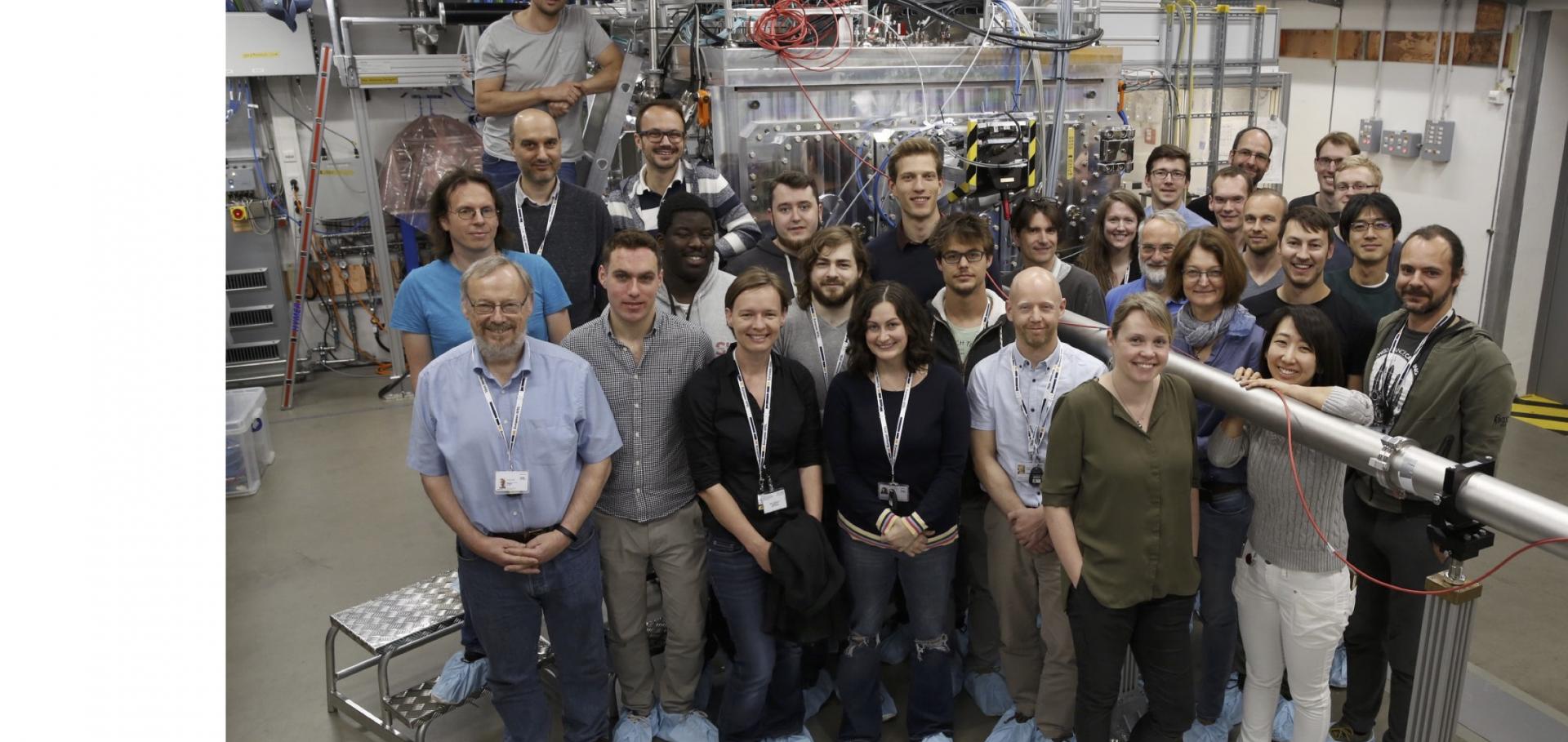SIMULATING PICOSECOND X‐RAY DIFFRACTION FROM CRYSTALS USING FFT METHODS ON MD OUTPUT
AIP Conference Proceedings AIP Publishing 955:1 (2007) 1251-1254
Shock waves in polycrystalline iron
Physical Review Letters 98:13 (2007)
Abstract:
The propagation of shock waves through polycrystalline iron is explored by large-scale atomistic simulations. For large enough shock strengths the passage of the wave causes the body-centered-cubic phase to transform into a close-packed phase with most structure being isotropic hexagonal-close-packed (hcp) and, depending on shock strength and grain orientation, some fraction of face-centered-cubic (fcc) structure. The simulated shock Hugoniot is compared to experiments. By calculating the extended x-ray absorption fine structure (EXAFS) directly from the atomic configurations, a comparison to experimental EXAFS measurements of nanosecond-laser shocks shows that the experimental data is consistent with such a phase transformation. However, the atomistically simulated EXAFS spectra also show that an experimental distinction between the hcp or fcc phase is not possible based on the spectra alone. © 2007 The American Physical Society.20pQE-13 高強度レーザーを用いた地球核条件における物性パラメータ計測(プラズマ基礎(非線形現象・高エネルギー密度プラズマ),領域2,原子・分子,量子エレクトロニクス,放射線物理)
(2007) 227
Modeling Planetary Interiors in Laser Based Experiments Using Shockless Compression
Astrophysics and Space Science Springer Nature 307:1-3 (2007) 285-289
Large acoustic transients induced by nonthermal melting of InSb
PHYSICAL REVIEW LETTERS 98:22 (2007) ARTN 225502


